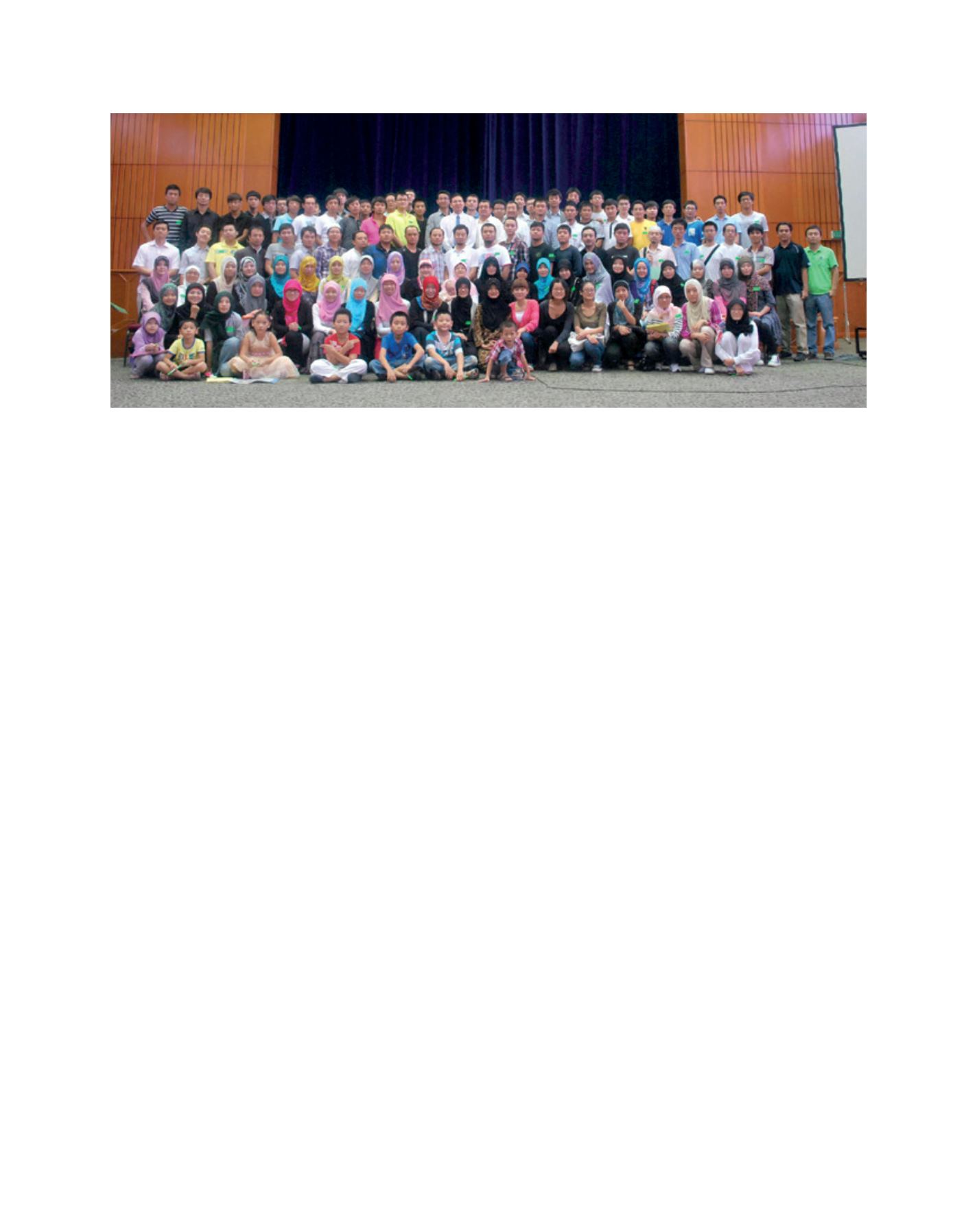

[
] 94
the clash of civilizations by enthusiastically adopting the May
1999 Tehran Declaration of Dialogue among Civilizations that
categorically rejected the thesis. The OIC Tehran Declaration
was itself a speedy follow-up to the General Assembly of the
United Nations’ proclamation of 2001 as the United Nations
Year of Dialogue among Civilizations.
8
The need for such an event had been proposed by the
Islamic Republic of Iran under President Khatami, in the
wake of the controversy surrounding Huntington’s thesis
and the various international seminars on ‘civilizational
dialogue’ organized by the University of Malaya’s Centre
for Civilizational Dialogue organized in 1995 and 1996.
The first seminar, on dialogue of civilizations between
Islam and Confucianism, had a lasting impact on Muslim-
Confucianist relations. It inspired similar dialogues in
Malaysia, Indonesia and China and the formation of study
circles aimed at deepening the subject of the dialogue.
The second seminar, on civilizational dialogue between
Japan, Islam and the West, was notable for the presence of
Huntington as an invited speaker, and for the participation
of several Japanese scholars.
The Royal Aal al-Bayt Institute for Islamic Thought
in Amman, Jordan, was internationally prominent in
its interfaith activities in the 1990s, creating the Royal
Institute for Interfaith Studies in 1994. But it was in the
first decade of the twenty-first century, under its Director,
Prince Ghazi, that it attracted global attention, especially
through its 2007 high profile ‘Common Word between
Us and You’ initiative that declares the common ground
between Christianity and Islam and calls for peace between
their respective followers. At the dawn of the new century
many new Muslim intercultural dialogue outfits, both
governmental and non-governmental, appeared on the
national and international scenes. Among the prominent
non-governmental ones are the International Institute of
Dialogue among Civilizations founded by Khatami (2006)
based in Tehran and the Gulen-inspired intercultural
dialogue outfits, namely the Istanbul-based Journalists and
Writers Foundation, the Washington-based Rumi Forum
and the New Delhi based Indialogue Foundation. Notable
government-funded interreligious dialogue outfits include
the Doha International Centre for Interfaith Dialogue in
Qatar (2008), the International Institute of Advanced
Islamic Studies, Malaysia (2008) patronized by Malaysia’s
former Prime Minister, Tun Abdullah Badawi, and the
King Abdullah Bin Abdulaziz International Centre for
Interreligious and Intercultural Dialogue (2011) in Vienna,
founded by Saudi Arabia.
At the global level, Muslim governments took fresh
initiatives to advance the cause of world peace through
interreligious and cross-cultural dialogue. In 2005 the
Prime Ministers of Turkey and Spain launched the Alliance
of Civilizations which was later adopted as a United
Nations initiative. Mainly in response to the atmosphere
of mutual distrust, fear and polarization that characterized
the global community in the post-11 September era, the
initiative was aimed at reversing this trend “by garnering
a broad coalition to foster greater cross-cultural toler-
ance and understanding.” Muslims generally welcome the
United Nations initiative, with many governmental organi-
zations and NGOs devising programmes and establishing
educational institutions to pursue its aims and objectives.
The European scene
Every contemporary society faces the challenge of how to
deal with ethnic and religious diversity and pluralism so that
citizens belonging to different ethnic and religious groups
can live in peace and dignity. Basically, in every society
we see two different responses to this diversity and plural-
ism: to reject it or behave as if it could somehow be erased
(a response that usually comes from within the majority
community); or to accept the fact and confront its reality.
Muslims in Europe have to face the challenge of dealing with
both responses. The former response has manifested itself in
many different guises collectively referred to as Islamophobia,
the phobia of Islam’s danger to European society from within.
9
The other response, which implies acceptance of living in a
pluralistic society by both indigenous and immigrant commu-
The way Muslims conduct their intrafaith and intercultural relations can have great bearings on the future
Image: SOASCIS
A
gree
to
D
iffer

















